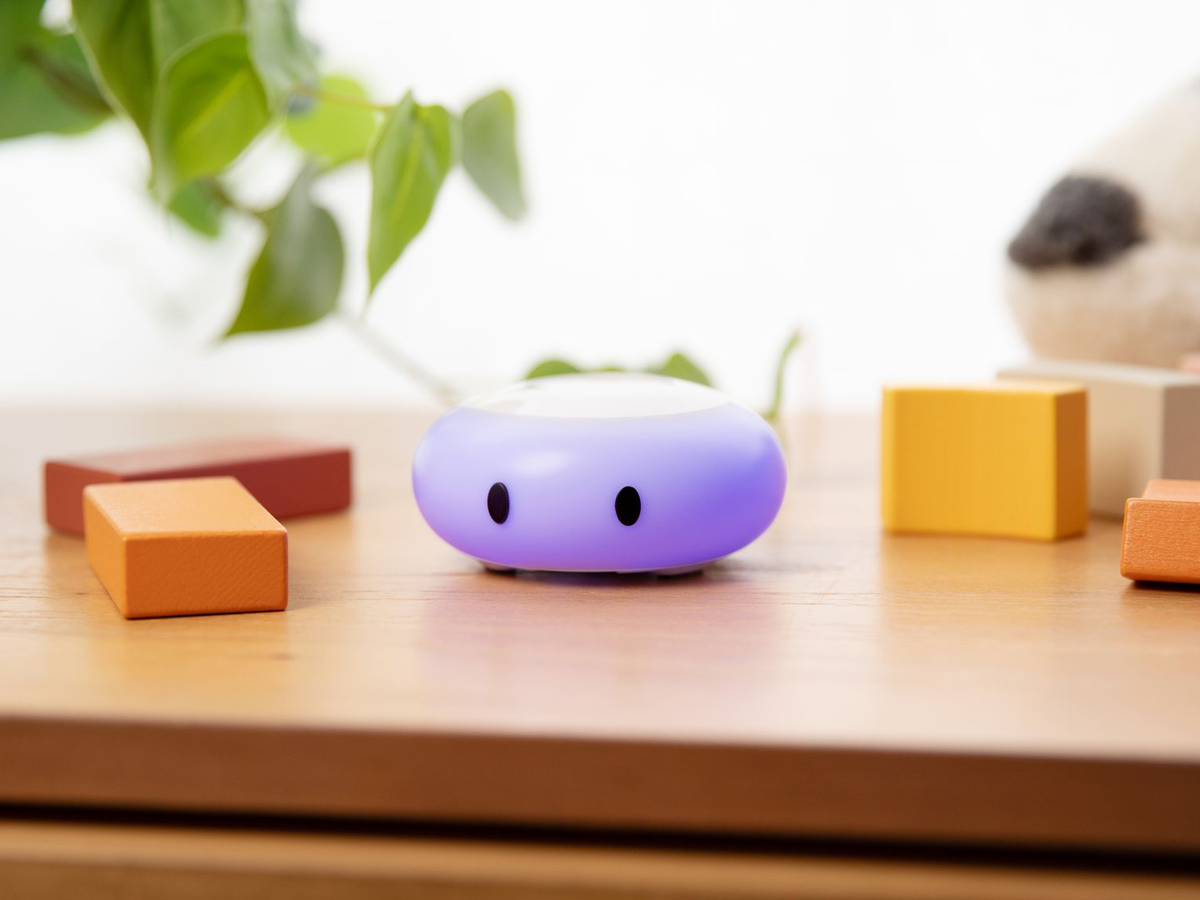
6 Helpful Tips for Parents to Navigate the Spring Forward Time Change
Daylight Saving Time (DST) is right around the corner, and for parents of young children and babies, the “spring forward” shift can feel like a daunting challenge. Losing an hour of sleep and adjusting to a new schedule can lead to cranky mornings, disrupted sleep patterns, and general chaos in the household. Granted, spring forward is generally considered the "easier" of the time changes (especially for parents who have extremely early risers and are looking to push that wake up time later) but it's not without its drawbacks.
Fortunately, there are ways to ease the transition and help your little one adjust smoothly. Here are six helpful tips to make this time change easier for both you and your child.
1. Gradually Adjust Bedtime and Wake-Up Time
Over the years, I've become one of those parents that do absolutely nothing to "prepare." Now, I just let the chips fall where they may and spend the days after the time change trying to get back on track. But when my children was very young, having a plan for DST really helped me curb my anxiety around it.
One of the most effective strategies to help your child adapt to the time change is to shift their sleep schedule gradually. Instead of jumping into the new schedule all at once, start adjusting bedtime and wake-up time by 10-15 minutes each day leading up to the DST transition.
For example, if your child normally goes to bed at 7:30 PM, put them to bed at 7:20 PM the night before the change, then 7:10 PM two nights before, and so on. Likewise, wake them up slightly earlier each morning. If you're a serious planner, you can start this 6 days ahead of the time change, shifting the time 10 minutes per day - to end up shifting for the full hour before the time change. This gradual approach helps their internal clock adjust without a sudden, jarring shift.
2. Get Plenty of Natural Light
Exposure to natural daylight plays a crucial role in regulating our internal body clocks. After the time change, ensure your child gets plenty of sunlight, especially in the morning. This helps signal to their body that it’s time to be awake and active.
Open the curtains first thing in the morning, take a short walk outside, or have breakfast near a bright window. Conversely, in the evening, turn off the screens and start dimming the lights about an hour before bedtime to encourage the production of melatonin, the sleep hormone. Keeping a consistent light exposure routine can make a significant difference in adjusting to the new time.
3. Use an Sleep Training Clock
An sleep training clock ("OK to Wake" clock) can be an excellent tool to help your child adjust to the new time. These clocks use colors or visual cues to indicate when it’s time to wake up, reinforcing the new schedule without confusion. MELLA, our bestselling kid's clock, and NESSI, our newcomer sister clock, are both proven to reduce bedtime struggles and early morning wake ups!
Before the time change, set the clock to turn red at the usual sleep time and green at the usual wake-up time. Then, gradually adjust it forward by 10-15 minutes each evening and morning leading up to DST. After the time change, set the clock to the new sleep and wake-up times and encourage your child to stay in bed as long as the light is red and until the light changes to green.
Because the spring time change is a shift forward, there will likely be fewer issues with having your child come out ahead of the wake time, but there will likely be more battles with keeping your child in bed when they may not feel as tired as they usually do.
4. Implement a Reward Chart
A reward chart can be a great motivator, especially when paired with a sleep training clock, to encourage your child to stay in bed during the transition to the new schedule. Preschoolers respond well to positive reinforcement, and a simple sticker or star chart can help make bedtime more exciting and rewarding.
Before the time change, create a chart with small, achievable goals, such as:
-
Staying in bed until the OK to Wake clock turns green
-
Following the bedtime routine without fuss
-
Going to bed at the adjusted bedtime without resistance and staying in the room throughout the night
Each morning, let your child add a sticker or mark their progress on the chart. After earning a certain number of stickers, they can receive a small reward, such as extra storytime, a fun outing, or a favorite snack. This system helps reinforce positive behavior and makes the transition feel like an accomplishment rather than a struggle. Our Reward Chart and Bedtime Pass is an excellent sleep-centered reward chart - it even comes with a high quality acrylic bedtime pass, which, combined with the reward chart, can supercharge your efforts during the weeks around DST.
5. Maintain a Consistent Bedtime Routine
A predictable bedtime routine can help your preschooler feel more secure and ready for sleep, especially during the time change transition. Stick to the same pre-bedtime activities each night, such as taking a warm bath, reading a book, or listening to soft music.
Keeping these routines consistent signals to your child that bedtime is approaching, no matter what the clock says (that is, unless you have a sleep training clock!). It’s also helpful to ensure that their sleep environment remains comfortable—cool, dark, and quiet—to support a restful night’s sleep.
6. Be Patient and Flexible
Even with the best preparation, kids may still struggle with the time change. They might be crankier than usual or have trouble falling asleep. It’s important to be patient and offer extra comfort during this transition. Try to avoid major schedule changes or stressful activities in the days following DST to give them time to adjust.
If your child has trouble falling asleep at their new bedtime, don’t force it. Instead, focus on quiet, calming activities and reassure them that their body will adjust soon. If necessary, offer a slightly earlier nap time to help compensate for lost sleep without letting them nap too late in the day.
Final Thoughts
Daylight Saving Time can be challenging for young children, but we at LittleHippo are committed to supporting families in their journey with sleep. Our range of sleep training aids, including MELLA, NESSI, and our reward chart, are designed to make bedtime a more magical time. With gradual adjustments, natural light exposure, a solid bedtime routine, and plenty of patience, you can help make the transition as smooth as possible. Remember, it may take a few days for your preschooler’s body to fully adapt, so don’t be discouraged if things don’t immediately fall into place. With a little planning and consistency, your family will soon be back to a well-rested routine!
Also in Blog

6 Tips for Parents to Help Kids Adjust to the Fall Back Time Change
Every year, parents brace themselves for that bittersweet event known as the “fall back” — when clocks turn back one hour for the end of Daylight Saving Time (DST). While gaining an hour of sleep sounds amazing in theory, parents of babies and young kids know it usually means one thing: an hour earlier wake-up. Here are six helpful tips to make the “fall back” transition smoother for your family.

Creating a Safe and Comfortable Nursery: The Role of Kelvin

